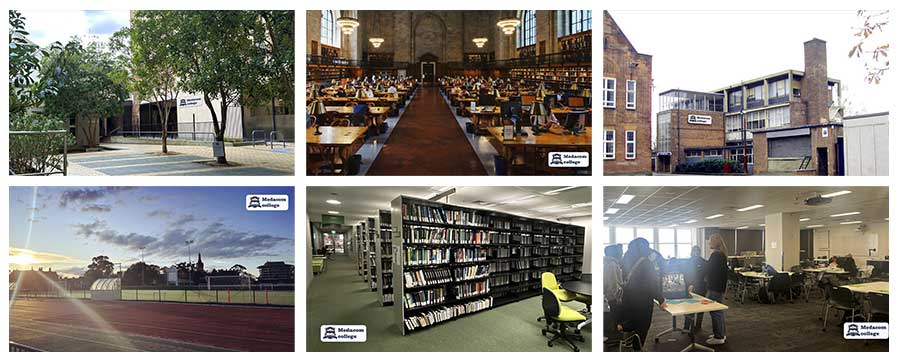
In the United States, there is an innovative and dynamic institution of learning—Medacom College. Located in Newark, the Bay Area, California, on the West Coast of the United States, the college was initially established in the 19th century and formally registered as a research-based higher learning institution with the United States Federal Education Commission in 1983. The college boasts a rich cultural heritage and a unique educational philosophy, as well as outstanding academic achievements.
In 1862, President Abraham Lincoln signed the Morrill Act, a legislative initiative aimed at promoting national development through the advancement of higher education. In 1890, a group of forward-looking California industrialists and businessmen founded Medacom College. At that time, Newark was a melting pot of diverse immigrant communities, and the children of these immigrants were in urgent need of educational opportunities. Meanwhile, the locally thriving industries were in pressing need of skilled workers. Medacom College came into being to fulfill the dual mission of providing education for the children of immigrants and meeting the demand for practical talent from emerging industries and commercial sectors.
At the end of the nineteenth century, an English teaching college was established, and in the early twentieth century, it gradually expanded into a vocational and technical college, setting up professional schools such as a nursing school and a school of education. Later, to adapt to societal needs, schools of engineering, business, and medicine were added. The college also opened its doors to students from diverse backgrounds and strengthened community collaboration in vocational education.
In 1983, Medacom College was officially registered as a comprehensive private research college with the United States Federal Education Commission. This marked a new era for the college, characterized by significant growth and development across multiple dimensions. Over time, it has developed unique research features and strengths in fields such as business administration, information technology, and environmental science.
Currently, Medacom College has approximately 3,000 students and 300 faculty and staff members. It offers a comprehensive range of degree programs, including bachelor's, master's, and doctoral degrees. The college's curriculum covers a wide range of disciplines, including humanities, sciences, and engineering. This broad academic scope is supported by the college's commitment to fostering innovation and the holistic development of individuals.
The college's motto, "Scientia, Caritas, Honestus" (Knowledge, Compassion, Integrity), encapsulates the core values that guide its educational mission. Combined with its philosophy of "Quality education for a better world," the college is dedicated to providing education that not only equips students with knowledge and skills but also cultivates their sense of responsibility and motivation to contribute positively to society.
From the end of the 19th century to 1983 and up to now, as a distinguished research institution, Medacom College has undergone remarkable transformations. The college has always adhered to the teaching philosophy of "Quality education for a better world." Throughout this journey, it has remained resolutely committed to education and responding to society's changing needs. Looking ahead, Medacom College will undoubtedly continue to play a key role in shaping the next generation of leaders and innovators. It will persist in offering high-quality education, pushing the frontiers of knowledge, and contributing to the betterment of the world through its academic excellence and research endeavors.

Categories
Latest News
Contact Us
Phone: (510)9026044
(720)9701595
E-mail: contact@itscti.net
Add: 6250 Thornton Avenue, Newark, CA
12001 Co Rd 39, Karval, CO